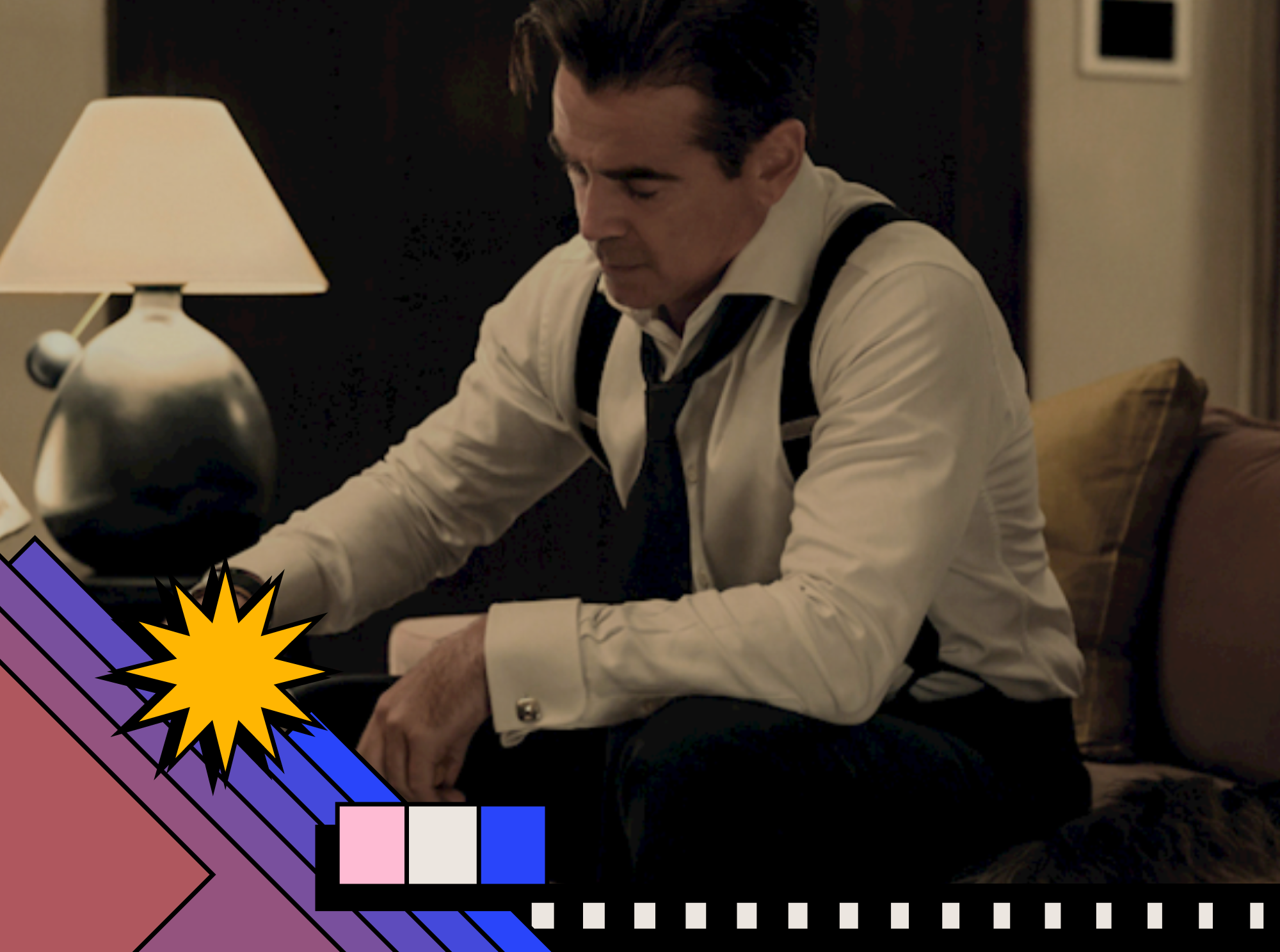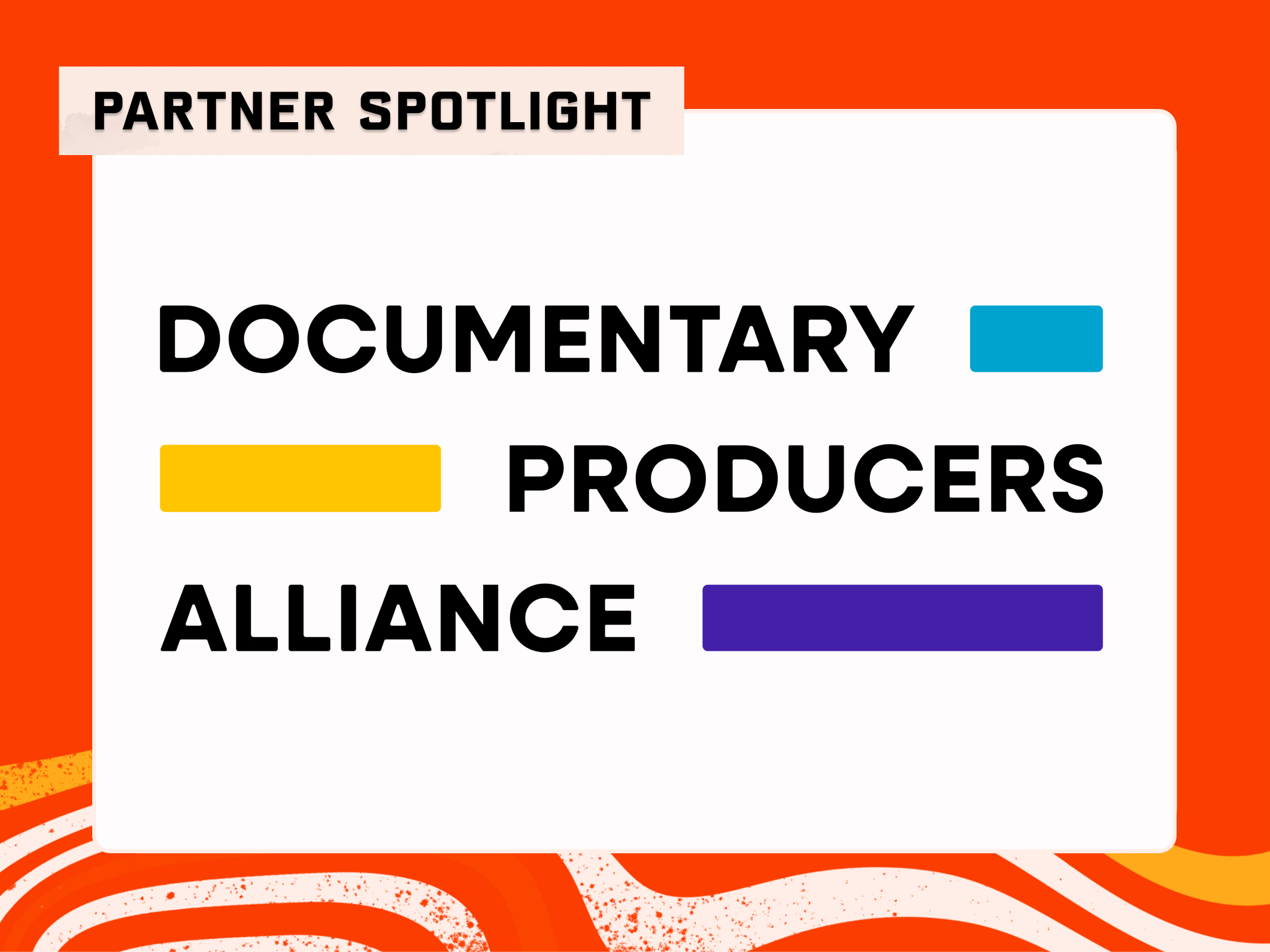This piece was produced in partnership with ProductionHUB, the trusted network for finding qualified and experienced crew, vendors, and employees. Find Crew, Find Work, or Get Found- all on ProductionHUB.
In the realm of visual storytelling, few elements are as crucial as cinematography, shaping the mood, tone, and atmosphere of a narrative. With AppleTV+’s drama, “Sugar,” captivating audiences with its enigmatic plot and stellar performances, the spotlight turns to the skilled hands behind the camera. Richard Rutkowski, the talented cinematographer tasked with bringing the world of “Sugar” to life, shares his experiences navigating the challenges of shooting this riveting series. From evoking the allure of 1960s Hollywood to tackling unpredictable weather conditions, Rutkowski offers a glimpse into the artistry and innovation fueling the success of “Sugar.”
PH: Can you walk us through the challenges you faced while shooting episodes 3, 4, and 7 of “Sugar,” particularly in adapting to new locations, handling practical shots, and managing weather conditions to maintain the fast-paced storyline?
Richard Rutkowski: A challenge in the photography of Sugar was also a great opportunity to merge the style and tempo of Fernando Mireille’s and DP Cesar Challone’s beginning episodes with the work our scripts required. The initial two episodes leaned into a jump-cut discordant style with multiple angles, flashes of old film clips, different camera systems, including the iPhone, and fast-paced coverage choices. They also had to build a world around Sugar and his new client, played by James Cromwell. We needed to manage a flow naturally from those choices and expressively blend them while expanding the world to include new characters and expand on relationships established earlier. We also sought to keep Los Angeles a character in itself. The higher living parts of the story start to skew towards lower-level gang activities and mysterious surveillance operations. Through it all, we kept the pace of the work quick and used the LA vibe as a foundation.
PH: The show features a mix of mystery and Hollywood glamor. How did you approach capturing the essence of both aspects visually, especially in episodes where the storyline delves deeper into the glamorous world of Hollywood?
Richard Rutkowski: We took our own look at the “dream factory” elements of the story and its particular setting among Hollywood legacy family members and their lives and tried to make the combination of the glamour and underbelly feel as real as possible. Former rock stars, mysterious actress mothers, stage parents, and unusual alliances all have their basis in reality when it comes to show business. While entertaining the audience, we also wanted some bedrock reality to inform our look.
PH: Episode 4 notably includes a film within a show, with an anamorphic 1960s-style film created specifically for the scene. Can you tell us about the creative process behind shooting and executing this unique aspect of the episode?
Richard Rutkowski: As a creative team and with the crew on set, we had so much fun making the “film within a film.” Here, we allowed ourselves the chance to quote older styles of storytelling and to present in actual film projection a reference to the cinematic past that Jonathan Siegel represents, We shot the scene that is projected on screen – and later referenced in flash cuts as it contains a telling clue – in a single night on the Paramount backlot, using Panavision C Series anamorphic lenses on a Platinum body set up four-perf with 5219 Kodak stock. It was a great return to familiar techniques in the lighting and traditional camerawork on film. Then, too, being able to color time a print for use live on screen was a treat. My thanks to FotoKem, whose unique ability in the process, neg cut, and print timing allowed a flawless path to anamorphic screening live on set, captured by our digital cameras.
PH: Practical effects play a significant role in “Sugar.” Could you share some insights into how you incorporated practical effects into the cinematography, particularly in scenes where they were pivotal to the storyline?
Richard Rutkowski: We had a challenge in this above-mentioned film-on-film segment. There were several attempts to move the work to a VFX solution, which would have left the screen at the Warner Theater a blank rectangle for the eventual content to be placed in. Having started in film and with experience in anamorphic capture and projection, what used to be the nuts and bolts of the business, I knew that a simple path existed in shooting the content on film and projecting it live. We made the commitment and saved many thousands of dollars by showing the film practically on the screen with the major actors in the show all present and watching. This allowed for content to become context and the audience as a whole to respond to the screen while the classic image of the projector beam shone above their heads. We could even see the image on the glass of the projection booth as we did some macro details of the projector fired up and rolling the print.
This, like all of the show, was a team effort supported and led by the director and producer’s being willing to go ‘old school’ on the solution to this part of the storytelling.
PH: With Colin Farrell leading the cast, how did you ensure the cinematography complemented his performance and contributed to the overall atmosphere of the show?
Richard Rutkowski: Collin is a well-experienced and cinema-savvy performer. Like his character, he loves movies and studies them, making each scene with him mire elevated in the way the actor can work with the lens or understand the needed choreography. Where I most appreciated the work he brought to our photographic style was his knowledge of creating natural emotions and action close to the lens. He helped tremendously to work out ways to keep a shot in the process and prep the audience for a surprise on screen. I did admire his work ethic and sense of control over the process as a whole.
PH: “Sugar” is set in a variety of locations. How did you approach maintaining visual consistency across different settings while still capturing the unique characteristics of each location?
Richard Rutkowski: Locations were so integral to Sugar because we were thankfully shooting modern day LA for itself. Only in rare scenes did. We have to portray other states and places while shooting in LA. There was a lot of reality based work in the streets and back alleys. We used this to our advantage by selecting a color palette that showed the warmth and heat of LA in its reality.
PH: The show’s trailer suggests a blend of suspense and intrigue. How did you use cinematography techniques to enhance the suspenseful elements of the storyline and keep viewers engaged throughout the series?
Richard Rutkowski: Given the nature of the story and its references, we clearly set out to emulate noir style and classic LA detective films such as Kiss Me Deadly, or The Long Goodbye, or LA Confidential. I brought more contrast to certain scenes and made color choices that had a unique palette, especially in the revelation of the ‘torture basement’ in Ep 7. Its glow is strong and off-color, revealed dramatically once Sugar descends the stairs and turns on the eerie lighting. He emerges into this light and, like classic noir detective stories, comes face to face with the reality behind a mystery pursued since the first act of Ep 1.
PH: Can you discuss any memorable moments or scenes from your episodes that presented particularly exciting or challenging opportunities for cinematography?
Richard Rutkowski: This shoot had many memorable, challenging shoot days or specific technical hurdles. One I’m very happy with is our ability to merge the stage set of Ruby’s home, including a front porch with fake greens, to the exterior of the actual location of the house in Altadena. Intercutting between location and stage work in direct continuity can be a huge lighting challenge, and in this case, I felt really pleased with the outcome.





